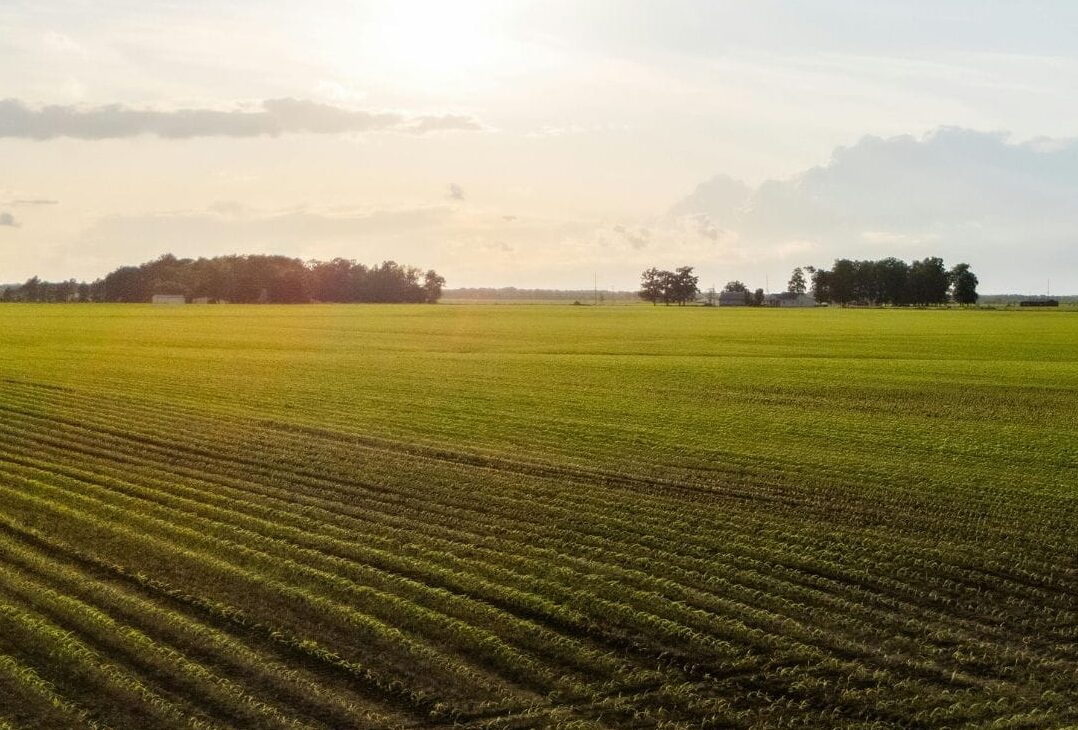
Farming Through Drought: Lessons from Bulgaria with Marian Dichevski
In Episode six of The Sea2Soil Podcast, Grant sits down with Bulgarian grower and agribusiness expert, Marian Dichevski, to talk about farming through drought, making pragmatically regenerative choices, and where biology‑centred nutrition fits in a modern system.
Bulgaria’s reality: big acres, bigger weather
Across Bulgaria - and much of Eastern Europe - farms often span hundreds to thousands of hectares. In recent years, drought and heat have tightened their grip, putting staple crops like wheat, maize, and sunflower under pressure. It is pushing growers to rethink established practices and look for resilient, biology‑friendly ways to keep crops performing.
No silver bullets: move the “pendulum” to the middle
Marian’s view is clear: avoid swinging from full conventional to full no‑till overnight. Trial changes field by field. Where soils are tight or stratified, minimum or strip till can open the door for roots and biology without overworking the ground. Cover crops have a role, but only where moisture budgets allow. The brief is simple: choose the right tool, at the right time, for your soil.
Key takeaways:
- Start with small, deliberate changes rather than farm‑wide shifts.
- Use minimal or strip till where compaction or hard pans hold you back.
- Deploy cover crops where they add biology and structure without stealing next season’s water.
Breaking the chemistry loop
Post‑war agriculture leaned heavily on synthetic fertilisers. Marian argues that over‑reliance can dilute plant sap, lower brix, and open the door to pests and disease - especially in dry years. A biology‑first approach focuses on feeding microbes and supplying nitrogen in the forms plants can use with less energy cost.
What that means in practice:
- Prioritise carbon‑rich, biology‑friendly inputs that help microbes unlock N, P, and K.
- Avoid over‑application of nitrogen that stresses plants and the wider system.
- Remember that healthy soils handle more of the nutrient work for you.
Where Sea2Soil fits
Marian highlights the role of fish hydrolysate as a practical, biology‑forward input. Applied in‑furrow at drilling or as a timely foliar, amino acid‑rich nutrition supports early root development, feeds microbial life, and can help reduce the plant’s energy burden compared with nitrate‑heavy programmes.
Potential benefits:
- Supplies amino acids - the plant’s end‑point for nitrogen - directly.
- Activates soil biology and supports phosphorus availability.
- Helps crops hold performance when water is the limiting factor.
The drought lens: water first, everything else second
When moisture is scarce, every input concentrates faster in the soil. Keeping biology alive and roots exploring is non‑negotiable. That means gentle soil movement, smart residue management, and nutrition that plants can metabolise efficiently.
Practical pointers for dry seasons:
- Protect structure. Reduce unnecessary passes and preserve cover where possible.
- Feed biology. Use inputs that add carbon and amino acids, not just salts.
- Time matters. Place biology‑friendly nutrition in‑furrow to support establishment, then top up foliar when the crop can use it.
Listen in
Marian brings grounded, real‑farm context to a challenge many growers share: producing consistent crops when water is the true limiting factor. If you’re weighing up cultivations, cover crops, and biology‑first nutrition, this episode is for you.
Tune in to Episode Six on Spotify and YouTube, launching on Thursday, 23rd October at 10am.